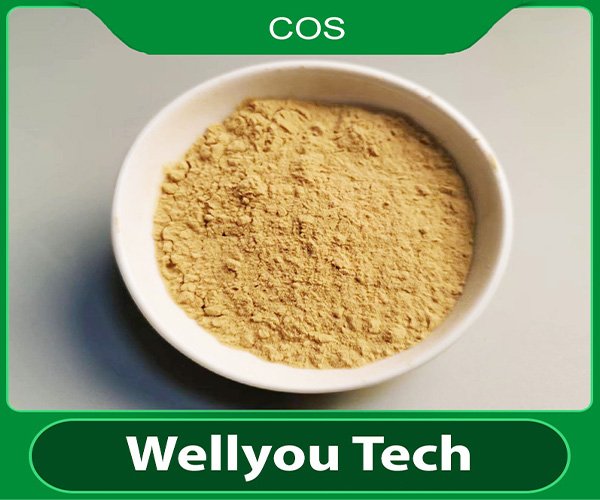Chitosan is a macromolecular polysaccharide that is insoluble in alkali and water, but soluble in acetic acid, such as acetic acid, lactic acid, acetic acid, etc.
Chitosan is then enzymatically hydrolyzed to become chitosan oligosaccharide, or low molecular weight chitosan, which is also called aminooligosaccharide in pesticides.
The application of chitosan oligosaccharide in agriculture:
1. Prevention of diseases, especially bacterial and viral diseases
Chitosan Oligosaccharide inhibits plant pathogenic bacteria activity and its mechanism.
(1) Since Chitosan Oligosaccharide is a polycationic derivative of chitin, it can interact with the negatively charged side chains of biological macromolecules on the surface of pathogenic bacteria cells to form polymers, which can affect pathogenic bacteria and inhibit the growth of pathogenic bacteria.
(2) Chitosan Oligosaccharide can also directly enter the nucleus of pathogenic bacteria and combine with DNA to inhibit the growth of pathogenic bacteria by affecting their mRNA and protein synthesis.
Chitosan induces plant resistance to viruses
Chitosan Oligosaccharide induces plant antiviral activity, inactivates plant viruses, reduces virus infectivity, inhibits virus proliferation in plants, inhibits long-distance movement of viruses in plants, and induces plants to produce antiviral ultrastructure.
2. Resistance to stress.
As a biostimulant, Chitosan Oligosaccharide can stimulate biological stress resistance, regulate plant growth, and induce plant resistance to environmental stress. for example High temperature, high humidity, high cold, and salt-alkali stress.
Chitosan oligosaccharide induces plant resistance to environmental stress through three aspects: affecting the net photosynthetic rate, regulating stomatal conductance and inducing the expression of related stress resistance genes.
For example, Chitosan Oligosaccharide can be used to promote glutathione circulation in plant leaves under cadmium stress, reduce heavy metal toxicity, alleviate phytotoxicity caused by excessive use of pesticides on various plants, and prevent physiological diseases such as flower bud shedding and flower bud underdevelopment at high temperatures.
Chitosan oligosaccharide is soluble in acid, alkali and water. It has a wide range of uses. It can be made into organic water-soluble fertilizers, amino acid fertilizers, humic acid fertilizers, nitrogen, phosphorus and potassium macroelement fertilizers, and calcium and magnesium medium element fertilizers. , trace element fertilizers, etc.
There are many products that can be made from Chitosan Oligosaccharide:
- Biofertilizer: Use Chitosan Oligosaccharide as raw material to make organic liquid fertilizer, microbial fertilizer, and functional water-soluble fertilizer.
- Foliar fertilizer: Use Chitosan Oligosaccharide as amino acid foliar fertilizer, oligosaccharide calcium, oligosaccharide calcium and magnesium, oligosaccharide phosphorus potassium, oligosaccharide boron, and oligosaccharide copper.
- Biopesticides: aminooligosaccharides.
- Plant growth regulator: Chitosan Oligosaccharide can be used in combination with many regulators to reduce phytotoxicity and increase effects.
- Fruit and vegetable preservative: Chitosan Oligosaccharide can be used as a fruit and vegetable preservation mask. Apples, citrus, and cucumbers can be sprayed before picking in the later stages. They are durable in storage, bright and beautiful, and not easy to be infected by other bacteria.
- Soil conditioner: Chitosan Oligosaccharide has good application in soil salt stress, alkali stress and soil hardening.
- Seed coating agent: Chitosan can be used for seed dressing of wheat, corn, peanuts, and soybeans to prevent diseases through seed dressing.
In short, COS has the characteristics of “dual effects of medicine and fertilizer” and has a positive effect in improving soil, improving crop disease resistance, promoting crop growth, etc. It is also derived from renewable natural resources and is harmless to humans and animals. In the soil, It is easily degraded by microorganisms, is safe and environmentally friendly, and can be widely used in green agriculture in the future, with unlimited prospects.


